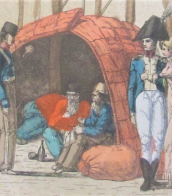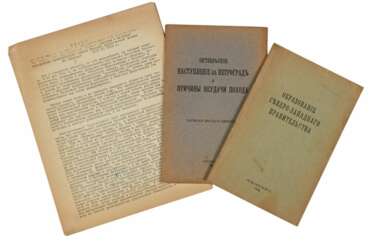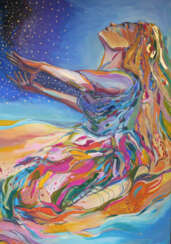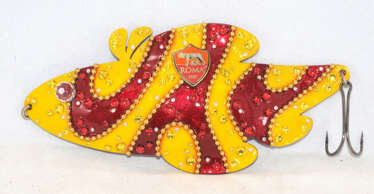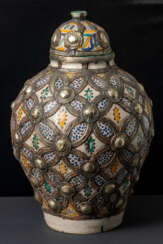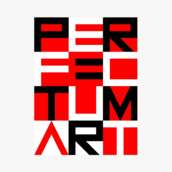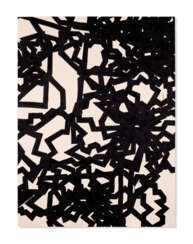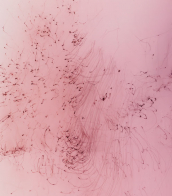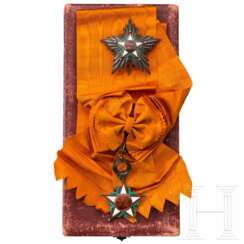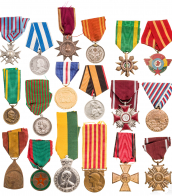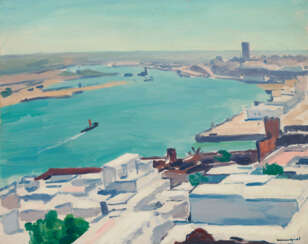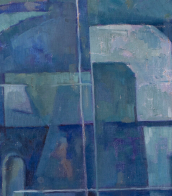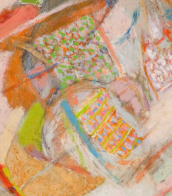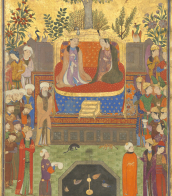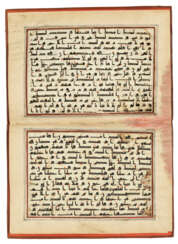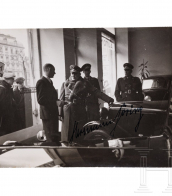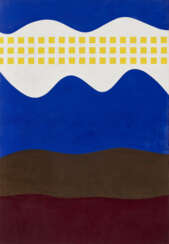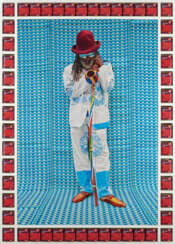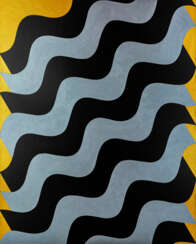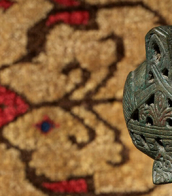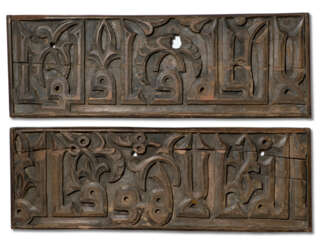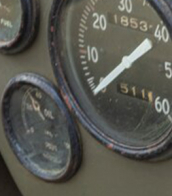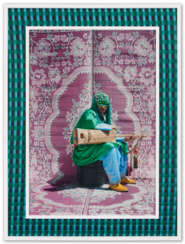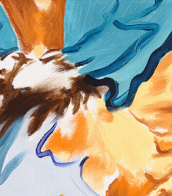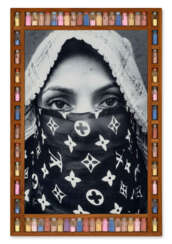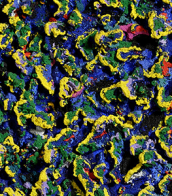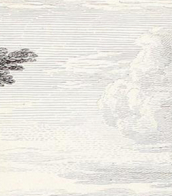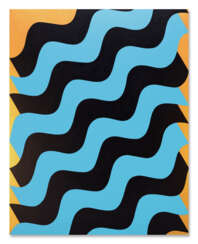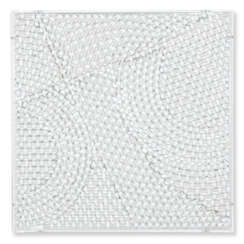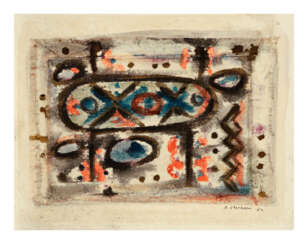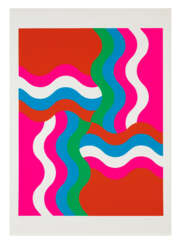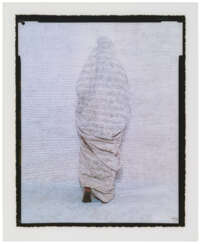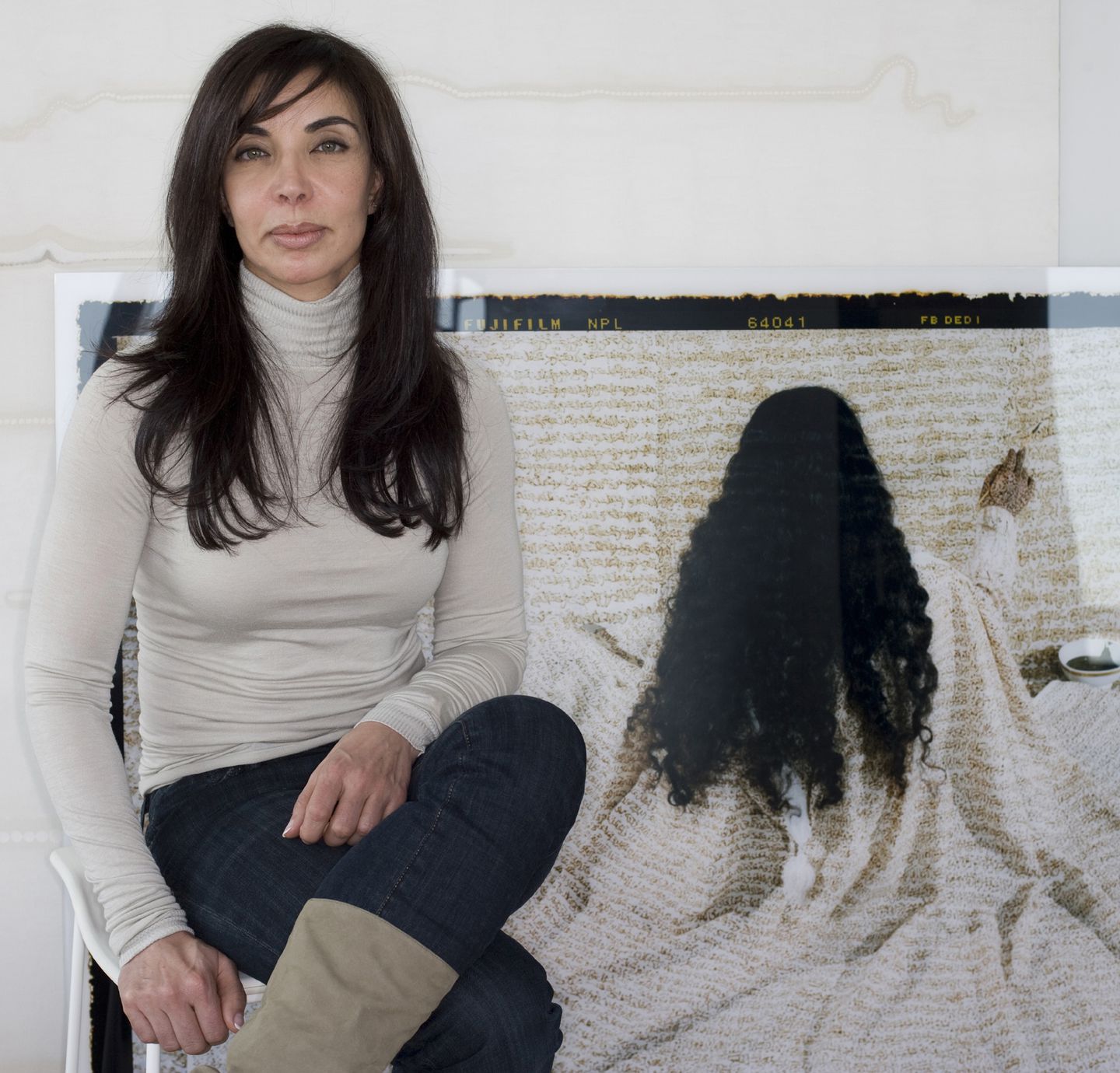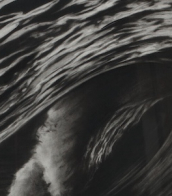марокко
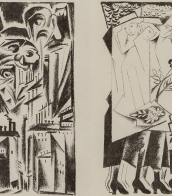
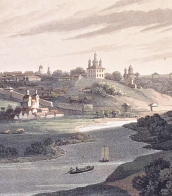
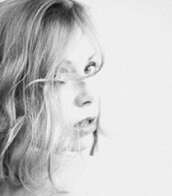
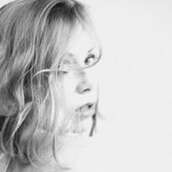


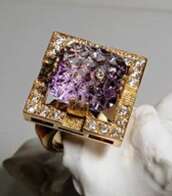
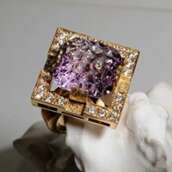
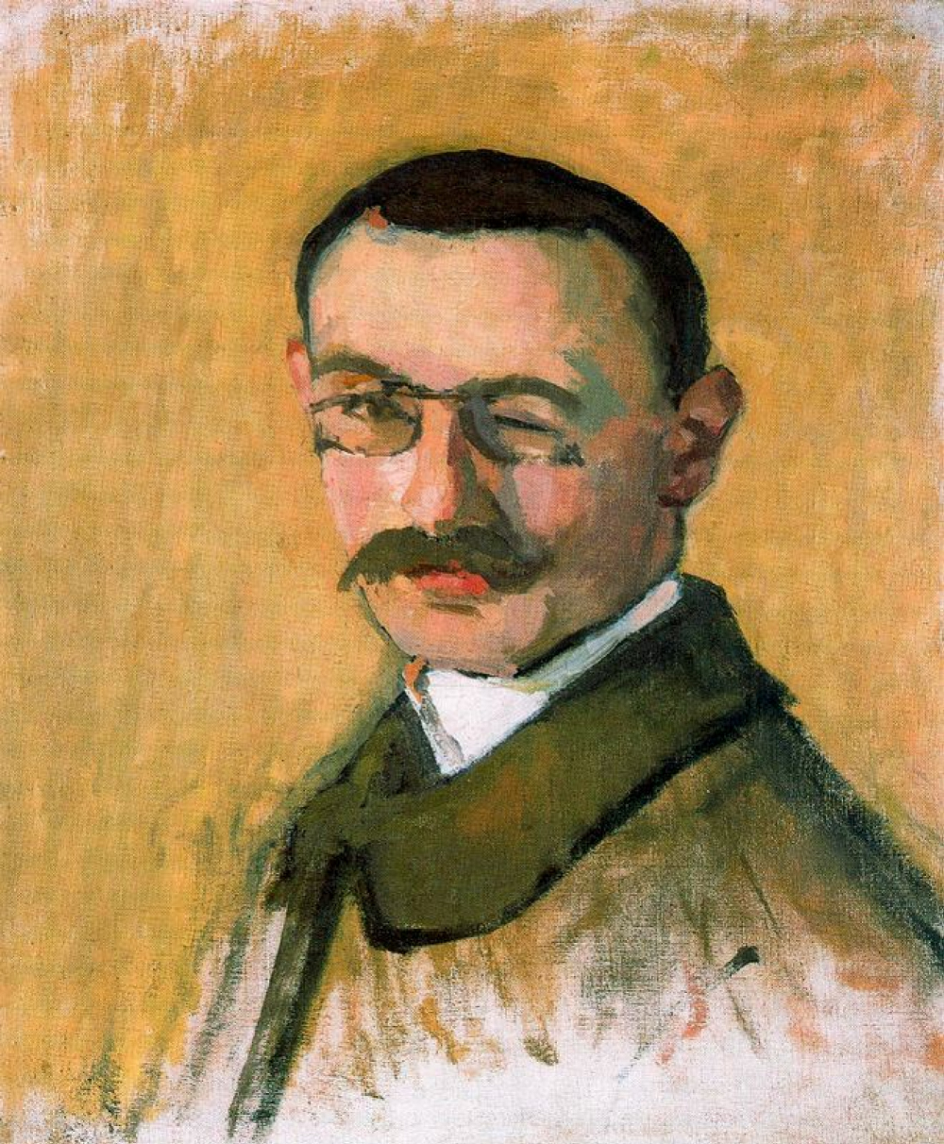
Albert Marquet was a French painter, renowned for his affiliation with the Fauvist movement, a group characterized by their use of wild, vivid colors to depict emotional expression. Unlike his contemporaries who embraced bright and violent colors, Marquet distinguished himself with a more subdued palette, employing less intense tones by mixing complementary colors to achieve a naturalistic style, primarily in landscapes. His work is celebrated for its simplicity in form and color, often focusing on serene water scenes, bustling city views, and the animated life of waterfront cities, particularly in North Africa and across various European locales like Naples and Venice.
Marquet's technique involved painting water as a broad area of simple tone, which cleverly held the plane of the water's surface without resorting to illusionistic perspective, allowing ships to emerge into a different plane with ease. This method, alongside his unique approach to color and composition, drew parallels with Japanese Shijo style work, emphasizing simplicity, movement, and the effective use of color to capture scenes' essence.
Throughout his career, Marquet frequently returned to favored subjects, capturing subtle variations in light and atmosphere. His landscapes, cityscapes, and maritime scenes are noted for their tranquility and the artist's keen observation of light and color. His works are housed in prestigious museums worldwide, including the Musée National d'Art Moderne, the Metropolitan Museum of Art, and the Pushkin Museum, showcasing his versatile talent in capturing the natural and urban environment.
Marquet's legacy is significant, admired for his astute sense of color and the ability to convey atmospheric mood with minimal elements. His influence extends beyond the canvas, impacting subsequent generations of artists and collectors who appreciate the subtlety and depth of his work. For collectors and experts in art and antiques, Albert Marquet represents a pivotal figure in modern art, whose works continue to inspire and captivate audiences with their serene beauty and emotional depth.
To stay informed about new sales and auction events related to Albert Marquet's works, signing up for updates can offer exclusive insights and opportunities to acquire pieces by this influential artist. This subscription is an invaluable resource for those keen to enhance their collection with works by one of the masters of Fauvism and modern landscape painting.

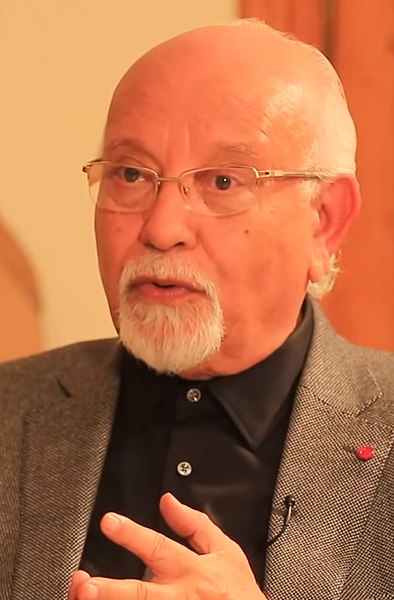
Mohamed Melehi was a Moroccan painter associated with the Casablanca school, a modernist art movement active in the 1960s in Morocco. Melehi became a professor at the School of Fine Arts of Casablanca, teaching painting, sculpture, and photography. In 1969, Melehi and his colleagues of the Casablanca school organized an exposition-manifeste, or protest exhibition, entitled Présence plastique. The artists displayed their works in Jemaa el-Fnaa in the Marrakesh medina, snubbing an official Moroccan art salon of happening at the same time. This exhibition is regarded as the founding moment of modernism in Morocco.
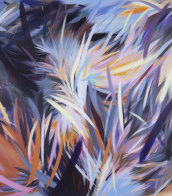

Mohamed Melehi was a Moroccan painter associated with the Casablanca school, a modernist art movement active in the 1960s in Morocco. Melehi became a professor at the School of Fine Arts of Casablanca, teaching painting, sculpture, and photography. In 1969, Melehi and his colleagues of the Casablanca school organized an exposition-manifeste, or protest exhibition, entitled Présence plastique. The artists displayed their works in Jemaa el-Fnaa in the Marrakesh medina, snubbing an official Moroccan art salon of happening at the same time. This exhibition is regarded as the founding moment of modernism in Morocco.
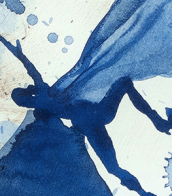

Mohamed Melehi was a Moroccan painter associated with the Casablanca school, a modernist art movement active in the 1960s in Morocco. Melehi became a professor at the School of Fine Arts of Casablanca, teaching painting, sculpture, and photography. In 1969, Melehi and his colleagues of the Casablanca school organized an exposition-manifeste, or protest exhibition, entitled Présence plastique. The artists displayed their works in Jemaa el-Fnaa in the Marrakesh medina, snubbing an official Moroccan art salon of happening at the same time. This exhibition is regarded as the founding moment of modernism in Morocco.





